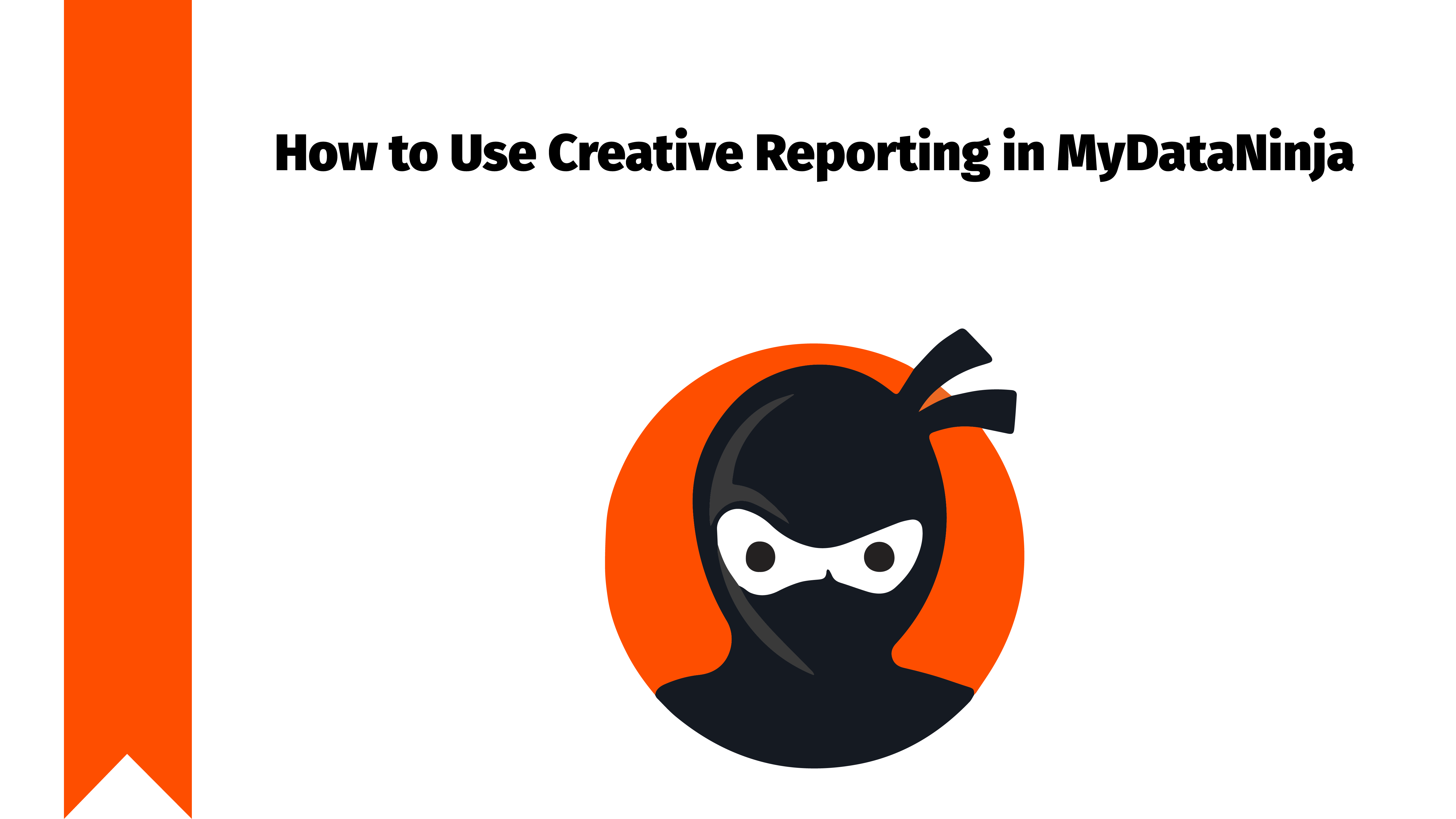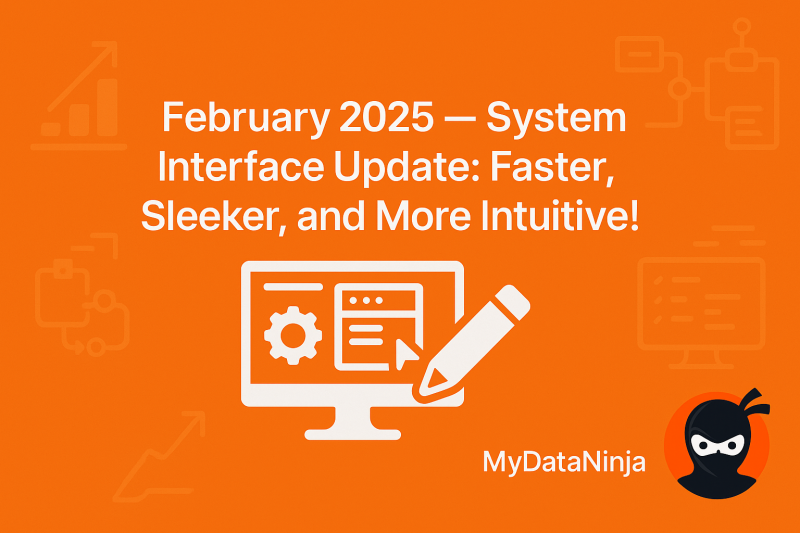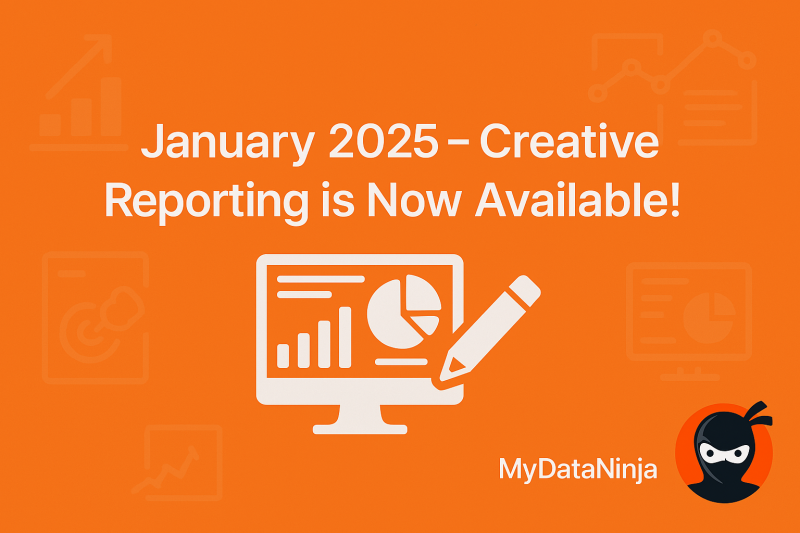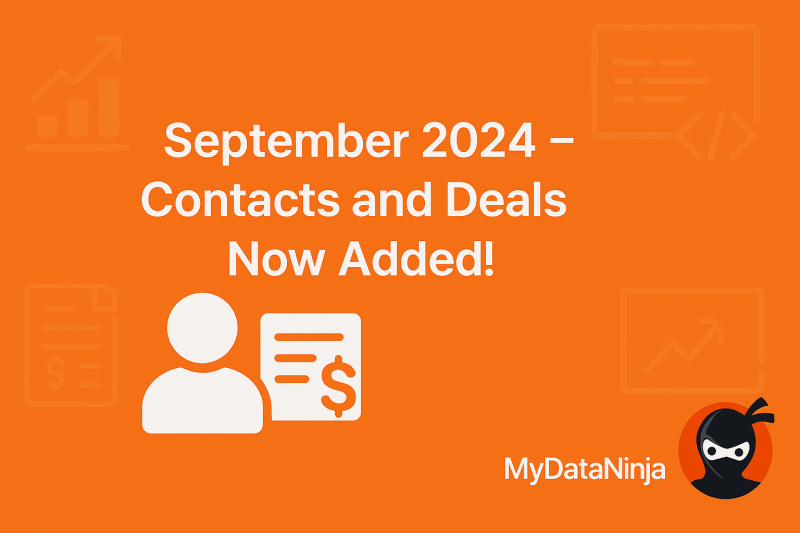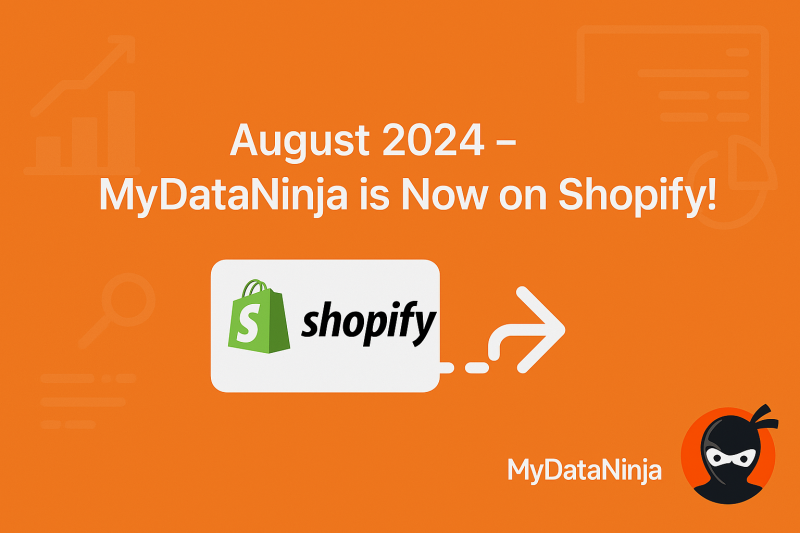
In the digital world, it’s crucial to understand your audience and Gtag.js is a very powerful tool that can help you achieve that. Gtag.js, or Global site tag, is a javascript tagging framework designed by Google. It allows you to send data to various Google products such as Google Analytics, Google Ads, and Google Marketing Platform.
In this blog, I will explain Gtag.js and tell you about its benefits. Also, I will be providing a guide on how to implement and use it effectively. Whether you’re a marketer looking to track campaign performance, a website owner wanting to understand user behavior, or a developer tasked with integrating analytics, you will find your answers here. Let’s get into it.
What Is Gtag.js?

Gtag.Js, short for global site tag, is a unified JavaScript tracking software developed by Google. It’s used to simplify the process of integrating and managing various Google marketing and analytics services on your website. Introduced in 2017, Gtag.js was designed to replace and consolidate older tagging frameworks, providing a single, consistent way to send data to Google Analytics, Google Ads, and Google Marketing Platform.
Before the introduction of Gtag.js, website owners and developers had to apply separate tags for each Google service they wanted to use. This often led to an error-prone setup, with multiple scripts slowing down page load times and complicating maintenance. But with Gtags, you can use just one tag for all your data collection and configuration for multiple services, improving efficiency and reducing the risk of errors.
Gtag.js works by embedding a single line of JavaScript code in your website’s header, which then loads the full library. This library includes functions for tracking page views, events, and other interactions, and for configuring how data is sent to Google services. With Gtags, it’s not only easy to manage your data but it also ensures the correct and accurate data collection.
Why Use Gtags?
Using Gtags has many benefits, primarily through its centralized tracking capabilities. Now I will tell you some examples of why you should integrate Gtags in your website, and why it is a game changer.
- Centralized Tracking
Gtag.js allows you to manage all your Google service tags through a single, unified framework. This centralization simplifies the process of data collection, reducing the need for multiple tags for different services like Google Analytics and Google Ads. By merging your tracking, you simplify your website’s code, making it easier to manage and less exposed to errors. - Improved Performance
With fewer tags to load on your website, it can perform smoothly. Reducing the number of scripts that need to be executed helps improve page load times, enhancing the user experience and potentially boosting your SEO rankings. - Enhanced Data Accuracy
Using a single framework for all Google services ensures that your data is consistent and accurate. This method reduces the chance of unwanted and corrupted data caused form using multiple tagging methods. Leading to more reliable insights and better-informed decision-making. - Simplified Configuration and Management
Gtag.js provides a user-friendly API that simplifies the configuration and management of your tracking tags. It allows you to easily set up event tracking, configure conversion goals, and manage user permissions. This means that even if you have limited technical expertise, you can still effectively manage your website’s tracking needs. - Future-Proofing
Google continuously updates Gtag.js with new features and improvements. By using Gtag.js, you ensure that your tracking setup stays current with the latest advancements, maintaining compatibility with Google’s evolving suite of tools and services.
In summary, Gtag.js offers a simplified, efficient, and reliable way to manage your website’s tracking needs, making it a wanted tool for anyone looking to optimize their digital marketing and analytics efforts.
Importance of G-tags for Better Google Advertising
For better audience research and better targeting, you should use G-tags as they are necessary for the best use of Google Ads. By using G-tags, you can research different types of audience and separate them from each other, better understand customer journey and behavior.
Also, with the help of G-tags, you can generate a similar audience, which helps you create better advertisements.
How to Add Gtag.Js
Implementing Gtag.js on your website is straightforward and can be done in just a few steps. Follow this step-by-step guide to set up and configure Gtag.js effectively:
- Create a Google Analytics Property – first, if you already don’t have an account, create and sign in to your Google Analytics page, then create a new property for the website you want to track. Follow the prompts to generate a Tracking ID
- Add Gtag.js Snippet to Your Website – Copy the Gtag.js snippet provided by Google Analytics. It typically looks like this:

Replace YOUR_TRACKING_ID with your Google Analytics Tracking ID.
- Place the Snippet in Your Website’s HTML – Paste the Gtag.js snippet into the <head> section of every page of your website, preferably just before the closing </head> tag.
- Test Your Setup – Once the snippet is added, visit your website to ensure that data is being sent to Google Analytics correctly. You can use Google Analytics Real-Time reports to verify that your tracking is working as expected.
- Set Up Additional Tracking – Explore Gtag.js documentation to set up additional tracking, such as event tracking, custom dimensions, or e-commerce tracking, according to your specific needs. You can do this by adding additional tag () function calls to your website’s JavaScript.
- Review and Optimize – Regularly review your Google Analytics reports to analyze user behavior and website performance. Use this data to optimize your website and marketing strategies continually.
By following these steps, you can successfully add and configure Gtag.js on your website, gaining valuable insights into your audience and their interactions with your site.
Best Practices
After adding Gtags to your website, you should still make some updates and do some maintenance. Maintaining and optimizing Gtag.js is crucial for accurate data collection and efficient tracking. Here are three key tips to streamline your implementation:
- Regular Configuration Updates – Keep your Gtag.js settings aligned with your evolving business goals by periodically reviewing and updating your tracking configuration.
- Error Monitoring – Implement error tracking tools and regularly monitor Google Analytics reports to promptly identify and address any tracking issues or discrepancies.
- Performance Optimization – simplify your tracking code, prioritize Independent loading, and Control caching, and CDNs to optimize page load times and enhance the user experience.
By following these practices, you can ensure the reliability and effectiveness of your Gtag.js implementation.
Future of Gtag.js
If you look at the future, there are some very exciting possibilities for Gtags. Here are some of them:
- Deeper Integration – Expect tighter integration with various Google products like Google Ads and Tag Manager, enabling easier data sharing for more thorough insights.
- Advanced Tracking Features – Anticipate more high-tech tracking capabilities, enabling marketers with deeper insights into user behavior and campaign performance.
- AI and Machine Learning – We may see Gtag.js leveraging AI and machine learning for predictive analytics and automated optimization, supporting faster, data-driven decision-making.
- Privacy and Compliance – Future updates may focus on enhancing privacy features to ensure compliance with regulations like GDPR and CCPA, offering improved consent management tools and data protection measures.
- Customization and Flexibility – Look out for enhancements that provide marketers with greater customization options and flexibility in tailoring their tracking setup to specific needs.
As Gtag.js evolves, staying informed about Google’s developments will be crucial for leveraging new features effectively. Expect Gtag.js to continue evolving, offering marketers innovative tools to improve their analytics and marketing strategies.
How to Use Gtags for MyDataNinja?
After attaching your website to our workspace, your unique NJ pixels are generated. With the help of MyDataNinja, you can choose multiple G-tags from your advertisement account and load them into one, NJ pixel.
If you want to learn more about MyDataNinja NJ pixels and how to use them, you can read our blog about “Adding websites and about pixels”
Join the MyDataNinja platform and get a 7-day free trial.




